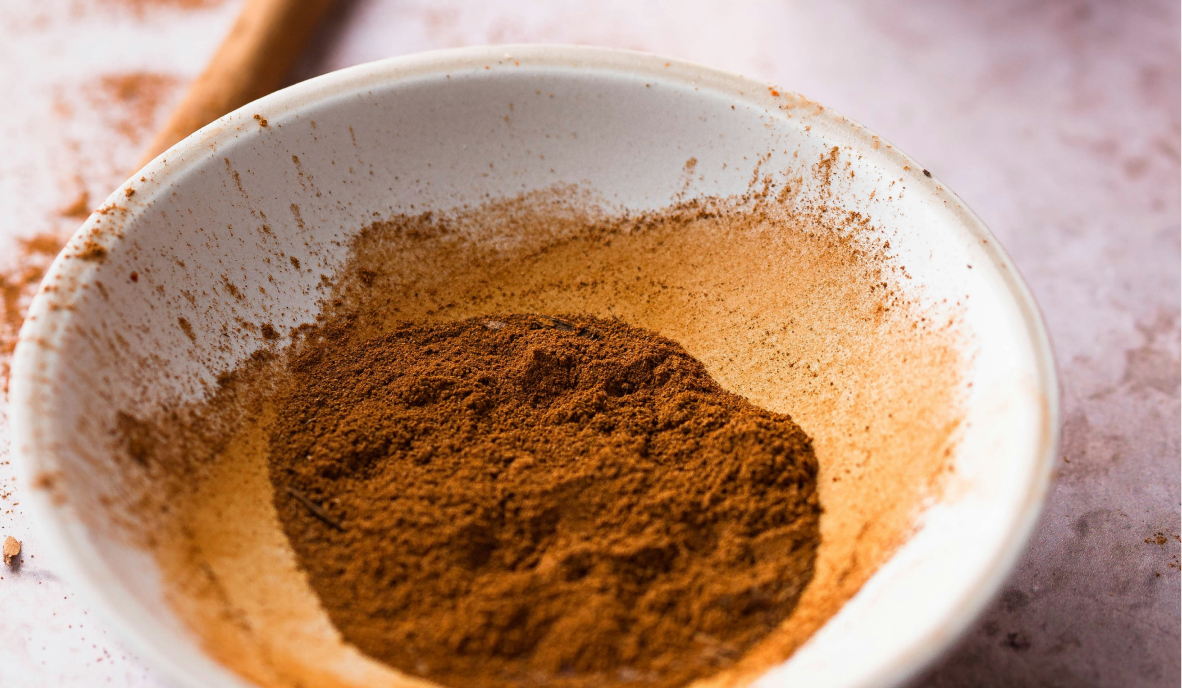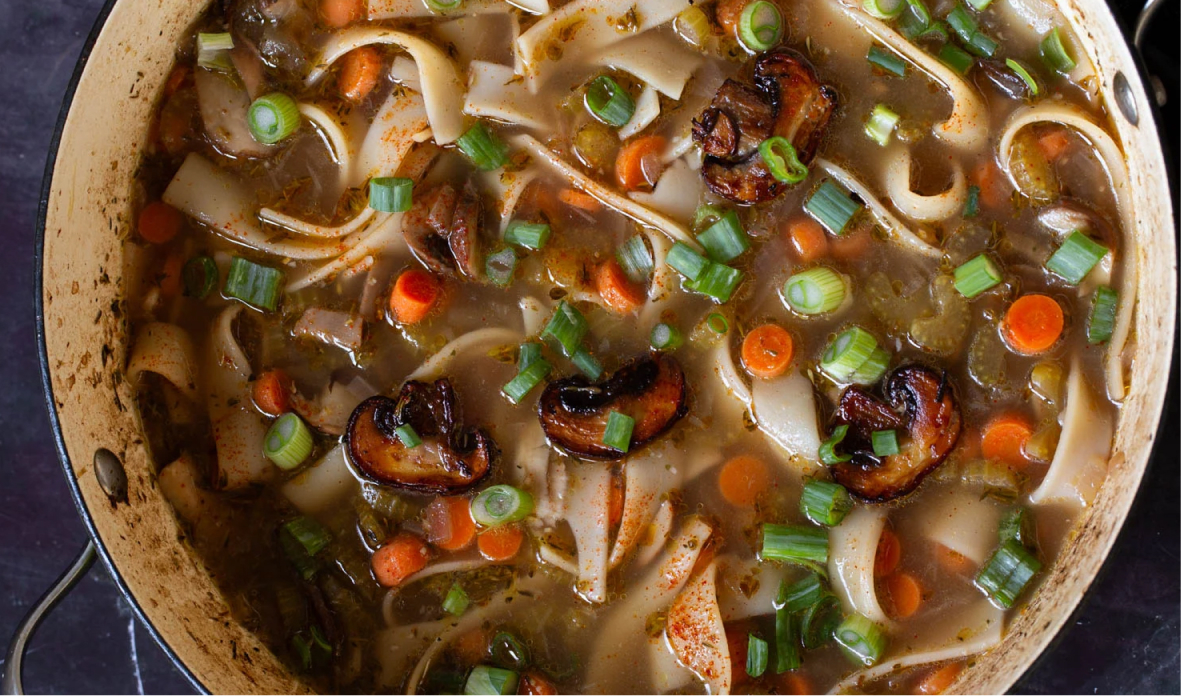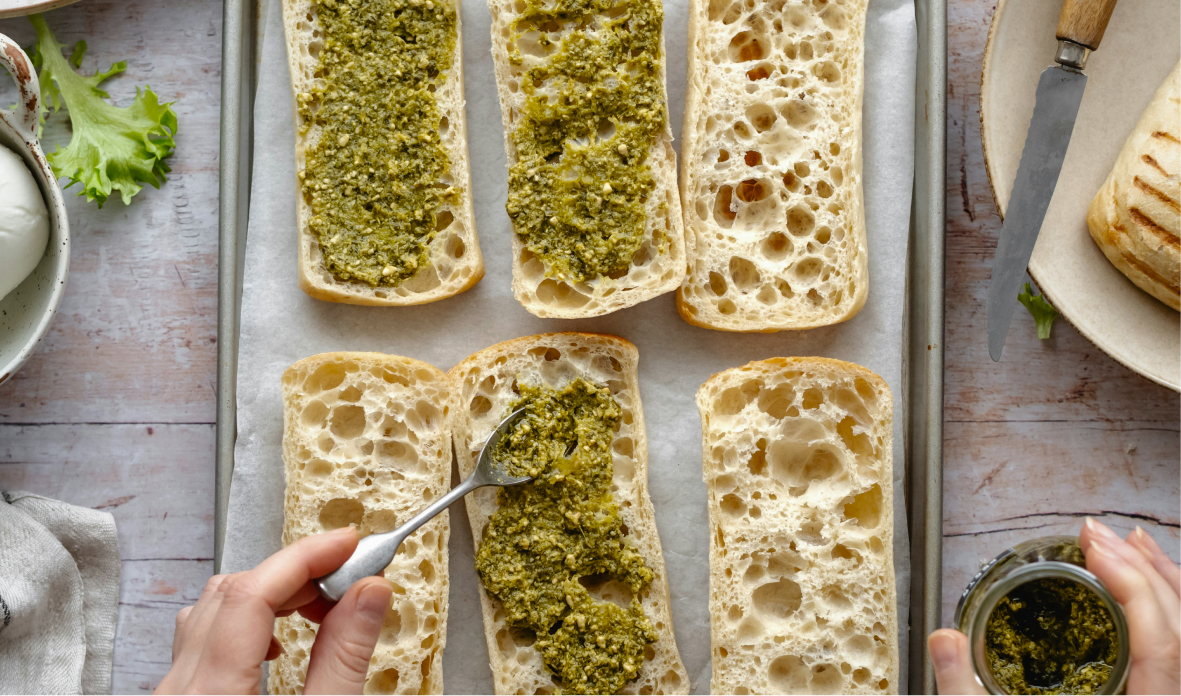The Colonialist History of Pumpkin Spice

Join the community





Crunchy leaves, fall boots, and a Pumpkin Spice Latte — is it really fall if you don't have a photo of all of them together? The fall season in North America has become synonymous with the pumpkin spice flavor.
But what exactly is pumpkin spice? It's a blend of spices including nutmeg, clove, cinnamon, and ginger. The term was coined in 1934 by the American spice company McCormick. If you've ever tried it, you know it adds warming, earthy flavors to autumnal food and beverages — even if there’s no pumpkin involved.
Interestingly, none of these spices grows in North America. They are native to Southeast Asian islands. If you haven't guessed by now, yes, there's a dark colonial past behind this, one that includes slavery, corruption, and genocide.
Side note: When I first tasted the Pumpkin Spice Latte around 6 years ago, the earthy flavors instantly reminded me of the Indian spice blend kadha, which typically includes nutmeg, cloves, ginger, and cardamom, and is used as a home remedy for cough and cold.
The History Behind Pumpkin Spices
The tale of pumpkin spice is interwoven with centuries of colonial conquest and global trade. Spices that we casually sprinkle into our fall beverages once shaped world history in profound ways. The spices used in pumpkin spice were coveted luxuries throughout European history. Cinnamon commanded prices 15 times that of silver, while nutmeg was at times more valuable than gold itself.
Today's "Pumpkin Spice Industrial Complex" generates hundreds of millions of dollars annually in the U.S. alone, with these once-rare spices now readily available at affordable prices. Yet behind this modern convenience lies a complex history of imperialism and colonization that deserves acknowledgment. Let's explore the individual spices that create this beloved blend and the colonial paths they traveled to reach our cups and plates.
Cinnamon: True cinnamon (cinnamonum zeylanicum) from Ceylon (modern-day Sri Lanka) has a turbulent colonial history. The Portuguese exploited political conflicts to take control of the cinnamon supply in the early 16th century. Later, when the kingdom of Kandy sought Dutch help against the Portuguese, the Dutch seized control and ruthlessly maintained their monopoly — even artificially creating shortages by burning cinnamon in Amsterdam in 1760. The British Empire eventually took over until Sri Lanka gained independence in 1948.
Nutmeg: For thousands of years, nutmeg, clove, and mace were exclusively sourced from the Maluku Islands (east of Indonesia). Indonesian sailors trading with Indian and Arabian merchants introduced these flavors to the wider world. Portuguese expeditions in the 1500s, driven by growing demand, eventually located these islands, which they nicknamed the "Spice Islands".
Ginger: Originally indigenous to southern China, ginger was spread to other regions, including the Spice Islands, by colonizers. After the Portuguese controlled these islands for about a century, the Dutch took over and employed similar monopolistic tactics as they did with cinnamon, destroying ginger plantations on all islands except for the two where they maintained plantations.
As the European powers expanded their territories, they brought ginger, cinnamon, and nutmeg with them to the Caribbean or West Indies islands and started cultivating them there.
Allspice: Unlike the other spices, allspice is native to the West Indies and was used by indigenous peoples for centuries in cooking and medicine. Spanish invaders named it, initially mistaking it for pepper (hence the alternate name "Jamaican pepper"). The colonizers described its flavor as a mixture of familiar spices — cinnamon, clove, nutmeg, juniper, and pepper — which led to the name "allspice."
{{cta-join2}}
The Spice Industry Today
Modern spice production often combines harvests from hundreds of global farmers, increasing environmental impact while decreasing quality. This system mirrors historical exploitation as large corporations profit millions while farmers receive minimal compensation.
Fortunately, there are ethical spice brands that are focusing on supply chain transparency, Fairtrade relationships, and sustainable practices. Some of them even sell single-origin, small-batch spices, which helps to preserve potency and maintain high quality.
Checking for recognized labels, such as Fair Trade, Rainforest Alliance, and UEBT, is also a good way to verify brands with socially and environmentally responsible practices.
Here are some of the ethical spice brands that you can check out:












